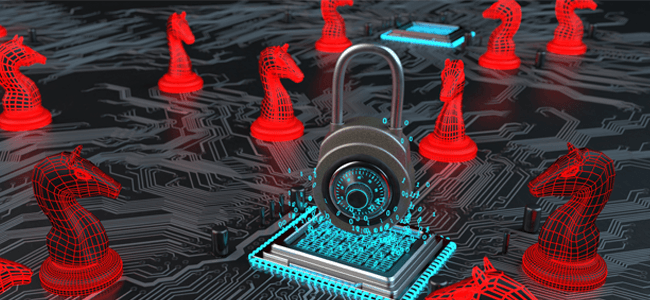
CYBER SECURITY | 2.5 MIN READ
Windows 7 End of Life is coming early next year. Those who do not heed the warnings from Windows leave their networks at serious risk of being breached. Read on to find out what Windows 7 End of Life is, the risks associated with not upgrading your system, and the steps you can take to upgrade your system.
Not enough time? Jump to:
What Happens If I Don't Upgrade?
How Can I Protect My Network After Upgrading?
What Is It?
When the calendar hits January 14, 2020, Windows will cease making updates to Windows 7 operating systems.
Why Is It Happening?
As newer versions of Windows come out, it becomes increasingly hard for the company to service older operating systems.
Additionally, maintaining quality customer support becomes harder if the representatives' attention is divided among too many versions of an operating system. Streamlining customer service to focus on only the newer systems allows for better quality of support.
What Happens If I Don't Upgrade?
The Earth won't stop moving on January 14, 2020, and any computers running Windows 7 won't stop working either. If your computer is still operating on Windows 7 after January 14, your computer shouldn't experience a dramatic decrease in functionality right away.
However, Windows End of Life means that Windows will stop making security patches and updates to their version 7 operating system. This means that over time, those who haven't upgraded to a newer version increasingly leave their networks at risk of security breaches.
How Do I Upgrade My System?
Microsoft's website allows some people to download Windows 10 for free, though keep in mind that you probably need to set aside 1-2 hours for the install to completely finish.
How Can I Protect My Network After Upgrading?

Though you may think you're in the clear after upgrading to a newer version of Windows, continuing to protect your data and accounts takes a few more steps.
Consider a different approach to creating and maintaining your passwords. Instead of trying to memorize passwords containing random strings of letters or easy-to-find information such as your children's names, create "passphrases" instead.
Passphrases involve remembering a phrase that's easily memorable, and forming a password from the first character of each word or number in the phrase. For instance, the phrase "I graduated from high school in 1995! My school mascot was the tigers", your password could be "IgfHSI1!msmwTT".
If you're a business, there are many ways that you can ramp up your cyber security efforts after upgrading your system. For starters, automating anti-virus updates minimizes the risk of an employee forgetting to update their computer.
Additionally, creating employee cyber security education programs helps to instruct employees on how to create effective passwords, handle sensitive data, avoid phishing schemes, and more.
If your company doesn't know where to start with creating an effective employee cyber security education program, consider us. As a managed services provider, we go beyond simply providing effective cyber security by helping educate employees about the risks present online.
Don't stop improving your cyber security after upgrading your computer's operating system. Hackers' tactics continue to evolve, which means that you need to stay vigilant to stay one step ahead.
Posted by Erica Kastner

Erica Kastner is a lead Marketing Specialist at Standard Office Systems as well as a University of Georgia graduate. She aims to use her passion for problem-solving to help businesses understand how to better leverage their network infrastructure.

